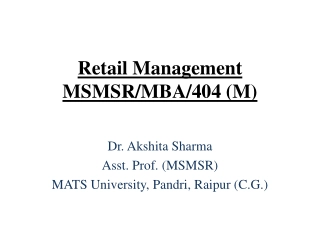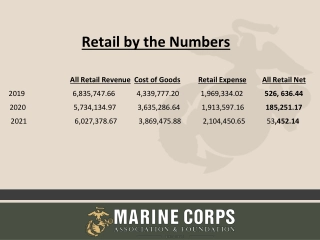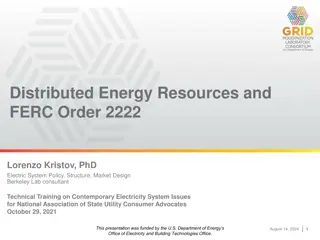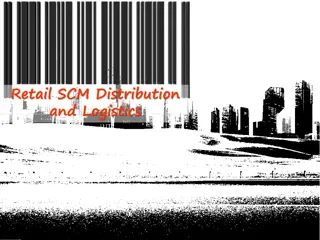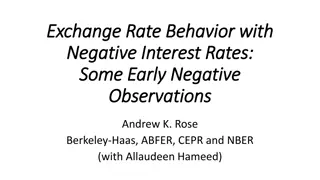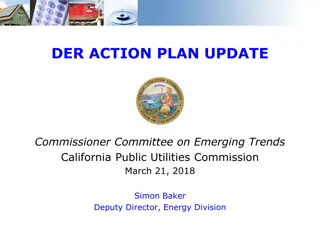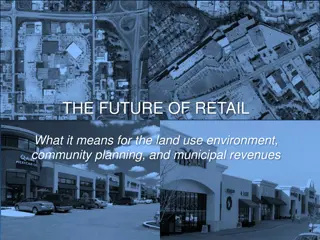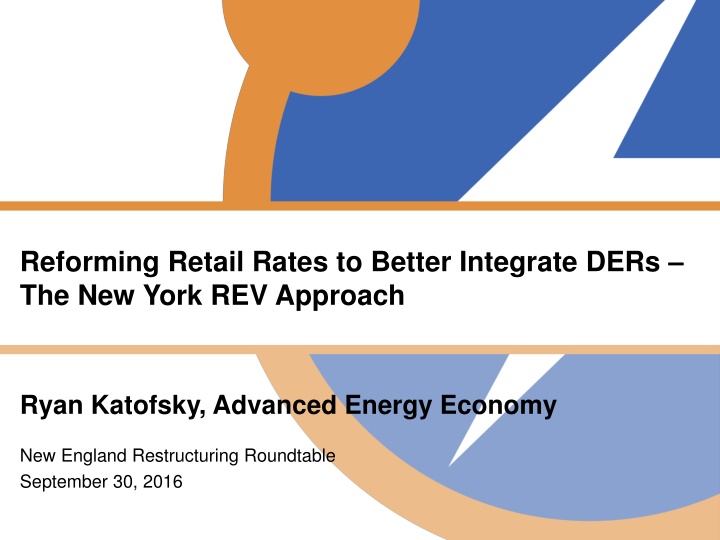
Integrating DERs in Retail Rates: The New York REV Approach
Reforming retail rates to better integrate distributed energy resources (DERs) is a key focus of the New York REV (Reforming the Energy Vision) approach. This involves improving rate design, addressing large C&I rates, and developing new tariffs for prosumers. The process includes valuing DER on a time and location-specific basis, alongside addressing interconnection queue issues and shifting revenues under net energy metering. Learn more about the initiatives, proceedings, and proposals in this endeavor.
Download Presentation

Please find below an Image/Link to download the presentation.
The content on the website is provided AS IS for your information and personal use only. It may not be sold, licensed, or shared on other websites without obtaining consent from the author. If you encounter any issues during the download, it is possible that the publisher has removed the file from their server.
You are allowed to download the files provided on this website for personal or commercial use, subject to the condition that they are used lawfully. All files are the property of their respective owners.
The content on the website is provided AS IS for your information and personal use only. It may not be sold, licensed, or shared on other websites without obtaining consent from the author.
E N D
Presentation Transcript
Reforming Retail Rates to Better Integrate DERs The New York REV Approach Ryan Katofsky, Advanced Energy Economy New England Restructuring Roundtable September 30, 2016 0
AEE: transforming public policy to enable the rapid growth of secure, clean, and affordable energy Leadership Council Business Council 1
Rate design actively being addressed in REV Improve large C&I rates (already exposed to real-time energy prices). Track 2 Order (May 2016) - Credits for reliable, peak-shaving DER. Mass-market: improve existing optional TOU rates Prosumers: develop a Smart Home Rate (opt-in) Study potential for future opt-out TVRs Develop successor tariff to net energy metering (NEM) More fully value DER on a time and location specific basis Interim and full valuation methodologies under development ALSO: Address large interconnection queue and potential revenues shift under NEM (esp. from community solar) Value of DER Proceeding ( LMP+D ) 2
Overview of LMP+D proceeding (15-E-0751) Opened December 2015 Parties submitted detailed proposals in April 2016 DPS launched informal collaborative in May Meetings every two weeks Staff drafting full proposal due out in October 2016 Interim successor to be in place in early 2017 Rates go into effect mid-2017 Long-term methodology to be decided by end of 2018 Structure and scope TBD Separate Interconnection Policy Working Group to address Queue management Allocation of interconnection costs 3
Advanced energy community perspective LMP+D compensation mechanism should apply to all DER technologies to generation and load reduction to dispatchable and non-dispatchable resources to BTM, grid sided, and shared resources 4
Summary of AEEI proposal* Hourly variable prices ($/kWh) All components of LMP+D, per BCA order Applicable to consumption and generation Exports valued same as BTM DG consumption Retroactively calculated at bill settlement (using interval metering) Implemented gradually Grandfathering of NEM for existing projects Retain NEM for DG customers that are net importers Becomes default for some DER customers/projects, focused on those with significant annual net export. * Joint proposal of AEEI, ACE NY & NECEC, developed with help from Clean Power Research 5
Illustration of hourly variable prices* High price differential: Energy costs depend on load Capacity costs allocated by load Hourly loss factors vary by square of load * Only two components shown for simplicity. Actual rate would include all elements of LMP+D. 6
Technology examples Charge at lower cost; discharge at higher cost Narrower pricing peaks: lower energy requirements, lower capital cost Energy Storage Load High value for peak shifting (automated DR, smart thermostats, building precooling, ice storage, etc.) Management/ DR Fuel Cells Capture highest prices through dispatch LMP+D expected to be similar to VOS Solar + storage looks more attractive West-facing or tracking systems could receive higher value Solar 7
Core elements of latest NY DPS staff proposal for interim successor tariff Applies to CDG, RNM and large C&I projects Grandfathering terms still TBD NEM-eligible technologies only Hourly netting (requires interval metering) BTM generation that is consumed is treated as load reduction LMP+D rate applies to exports only May also develop option for buy-all, credit all transaction May be advantageous for certain BTM resources 8
Basic structure of interim LMP+D proposal from DPS staff LMP+D rate (applied to exports) Generation consumed BTM DER Value = + Avoided retail purchases Bulk system ( LMP ) + Distribution system ( D ) + Environmental ( E ) + Market transition pmt* * To ensure smooth transition and project financability. Details still TBD. 9
Illustration of DPS staff interim methodology, solar example 70 Distribution Peak 60 Basis for D Value calculation 50 40 Exports (LMP+E) kW 30 20 Imports (Retail Rate) Self Consumption (Retail Rate) 10 0 1 2 3 4 5 6 7 8 9 10 11 12 13 14 15 16 17 18 19 20 21 22 23 24 10
Illustration of DPS staff interim methodology, baseload fuel cell example 50 Distribution Peak 45 No D value if no exports during peak hours 40 Exports (LMP+E) Imports (Retail Rate) 35 30 kW 25 20 Self Consumption (Retail Rate) 15 10 5 0 1 2 3 4 5 6 7 8 9 10 11 12 13 14 15 16 17 18 19 20 21 22 23 24 11
Calculation methods for latest DPS staff proposal Energy based on zonal LBMPs Capacity based on exports coincident with ISO system peak ( ICAP tag for top single hour) Bulk system ( LMP )* Utility marginal capacity costs allocated to top 25 hours (distribution system peaks) Applied to exports in top 25 hours Distribution system ( D ) To be based on REC prices for Clean Energy Standard Social Cost of Carbon as a floor price Environmental ( E )* Value TBD Will decline in tranches based on MWs deployed Preference is for fixed payment vs. shock absorber Market transition payment * Adjusted for retail losses. 12
Illustrative calculation of LMP+D value stack based on DPS staff proposal (for Central Hudson) Community Solar Project Assumes storage enables output at nameplate capacity in all top 25 hours 18 16 Dstorage MFC* At $31/kW-yr D 14 SBC Market Transition Payment? Based on REC price E 12 D Delivery Assumes storage enables output at nameplate capacity in peak NYISO hour 10 /kWh ICAPstorage E 8 Based on PV system output in peak NYISO load hour ICAP ICAP 6 4 Commodity Assumes no energy price arbitrage with storage LBMP LBMP 2 0 NEM (residential) PV PV with Storage 13 * Merchant Function Charge
Observations The DPS staff interim methodology, as proposed: Only requires interval metering (not AMI) Metering costs small relative to large project sizes Will have good temporal resolution Will have very limited locational differentiation Will not offer avoidable D value to BTM consumption Will be difficult to finance Discussions now focused on what components can be fixed Elements of the New York process should be emulated Collaborative Transparent 14
Thank You! Ryan Katofsky rkatofsky@aee.net For questions about membership in AEE, please contact: Laura Bartsch lbartsch@aee.net www.aee.net / @aeenet / Washington DC San Francisco Boston / powersuite.aee.net 15

